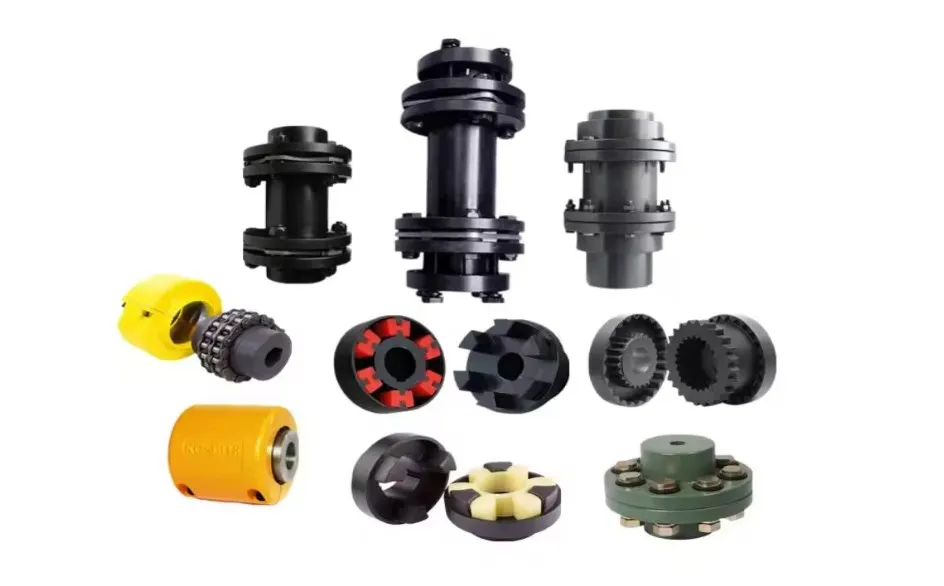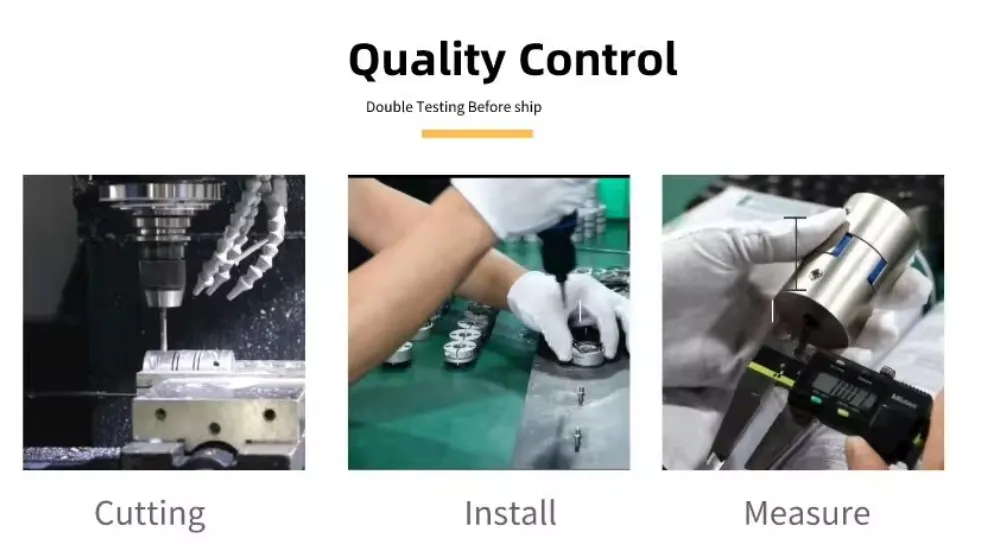Disc Coupling for SMT Assembly Equipment
Introduction
A disc coupling is a type of coupling used in SMT (Surface Mount Technology) assembly equipment. It is designed to transmit torque between two shafts while accommodating misalignment. This article will explore the various aspects of disc couplings and their applications in SMT assembly equipment.
1. What is a Disc Coupling?
A disc coupling is a flexible coupling that consists of two flanges, each with a series of parallel, thin metallic discs. These discs are stacked alternately and bolted together to form the coupling. The flexibility of the discs allows for compensation of angular, parallel, and axial misalignment between the connected shafts.
2. Advantages of Disc Couplings
Disc couplings offer several advantages over other types of couplings:
- High torsional stiffness: The design of the disc coupling provides high torsional stiffness, allowing for efficient torque transmission.
- Compensation for misalignment: The flexible discs in a disc coupling can accommodate angular, parallel, and axial misalignment between the shafts, reducing the risk of premature failure.
- Compact size: Disc couplings have a compact design, making them suitable for applications with space constraints.
- Low maintenance: Due to their simple construction, disc couplings require minimal maintenance.
- High torque capacity: Disc couplings can transmit high levels of torque, making them suitable for heavy-duty applications.
3. Disc Coupling Selection and Customization
When selecting or customizing a disc coupling for a specific application, several parameters and real-world conditions need to be considered:
- Torque requirements: The torque capacity of the disc coupling should meet or exceed the application’s torque demands.
- Shaft misalignment: The amount and type of misalignment expected in the application should be taken into account when selecting the appropriate disc coupling.
- Operating speed: The operating speed range of the disc coupling should align with the requirements of the application.
- Environmental conditions: Factors such as temperature, humidity, and corrosive environments should be considered to ensure the disc coupling’s suitability.
- Space limitations: The available space for the disc coupling installation should be considered to ensure proper fitment.

4. Does Disc Coupling Need Lubrication?
No, disc couplings typically do not require lubrication. The metallic discs in a disc coupling provide inherent lubrication due to the sliding action between them. This eliminates the need for additional lubrication, resulting in lower maintenance requirements.
Conclusion
In summary, disc couplings are essential components in SMT assembly equipment, providing flexibility, torque transmission, and misalignment compensation. When selecting a disc coupling, considerations should be given to torque requirements, misalignment, operating speed, environmental conditions, and space limitations. Disc couplings offer advantages such as high torsional stiffness, compact size, and low maintenance. At HZPT, we specialize in the production and sale of disc couplings. Our company is committed to providing high-quality products and excellent customer service. Our advantages include:
- Advanced technology and innovation
- Comprehensive range of disc coupling products
- Stringent quality management system
- Professional technical support
- Global presence and international trade expertise
